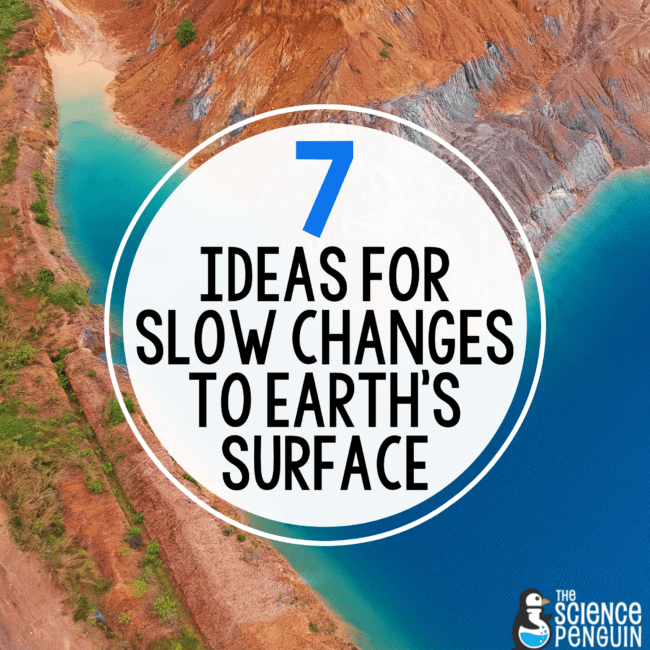
Teaching about weathering, erosion, and deposition? This post is packed with ideas for teaching your students about slow changes to Earth’s surface. Have fun learning how landforms can be created due to slow changes to Earth’s surface!
As we like to say while doing silly hand motions:
Weathering breaks it!
Erosion takes it!
Deposition lays it down!
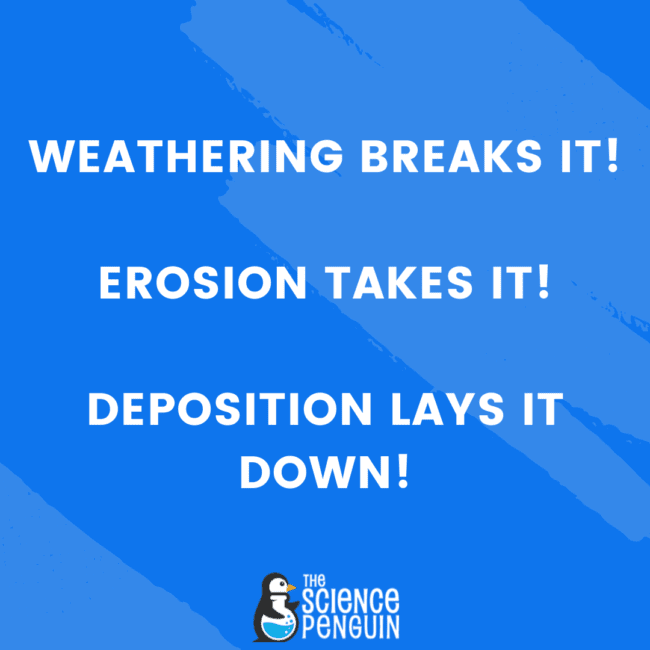
What are weathering, erosion, and deposition?
Weathering is the process by which rocks and other materials on the Earth’s surface are broken down and changed over time.
Erosion is the process by which weathering materials (sediments) are moved from one place to another. Erosion can be caused by wind, water, ice, or gravity.
Deposition is the process by which eroded materials are deposited or laid down in a new location.
Weathering, erosion, and deposition are important processes that shape the Earth’s surface and create landforms, such as mountains, valleys, and cliffs.
Here are some of my favorite activities for slow changes to Earth’s surface.
1. 🌳 Go outside


Walk around the school as a class or ask students to look around at home or in their neighborhoods for signs of erosion. Have sediments been dropped off in a new place due to heavy rainfall? Do rocks appear broken down due to ice?
An easy way to guide this exploration is with a printable Scavenger Hunt.
This was a HUGE success! Through discussion we addressed misconceptions and practiced using academic vocabulary. We found REAL examples of Earth’s changes right at school.
Free Download : The Science Penguin Free Resource Library
2. 💬 Start sorting
Sort, sort again, and then sort some more. We sort Earth’s changes in 2 different ways:
- If a change generally occurs due to wind, water, or ice
- Whether a change is considered weathering, erosion, or deposition
While teaching, I’ve mainly focused on the agent of change and THEN discuss whether it’s weathering, erosion, or deposition.
The first image shows 6 different change cards to categorize as occurring due to wind, water, or ice, then students completed their own student page.
Free Download : The Science Penguin Free Resource Library
The second image shows 27 sorting cards from my Science Sorting Relay product line. These are so fun and can be used in multiple ways to help students cement new learning.
Shop TpT : Wind, Water, or Ice Sort
3. 🌄 Explore models in stations
Salt Lick Canyon
This is a time-lapse video over a couple of hours of my salt lick and water drip setup.
You can set up a cool demo over a few hours using a salt lick and something that will allow water to drip. I used a water cooler that was just slightly open allowing a slow drip. I’ve heard of some teachers using an IV!
There are more directions and 5 more station activities in my Slow Changes Observation Stations product. Students, teachers, and observing administrators love it!
“What a great product. I teach the entire grade level and this resource worked well for ALL my learners. The observation stations are easy to set up & independent for the kiddos to perform by themselves.” – Christina S.
Shop TpT : Slow Changes to Earth’s Surface Observation Stations
4. 📓 Study weathering, erosion, deposition vocabulary
Study vocabulary with 9 different fold-ups offered in the All in One Science Notebook. Over 18,000 teachers are using this notebook to help guide their explicit instruction of new slow changes vocabulary. They ALL have photo examples to make prep easy for you! This is a great alternative to worksheets!
Fold-up Topics:
- Agents of Weathering
- Agents of Erosion
- Agents of Deposition
- WED Process
- Chemical & Mechanical Weathering
- Ice-Wedging
- Constructive and Destructive Forces
Shop TpT : Slow Changes Notebook
5. 🌎 Explore real examples
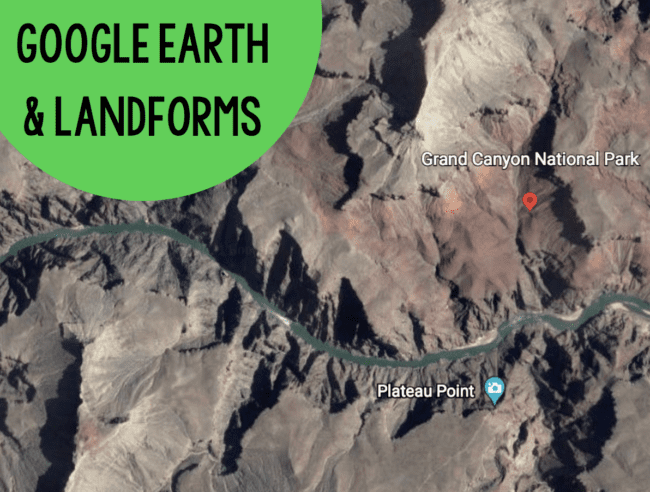
Watch video examples:
Slow Changes Due to Wind and Water Video: Shows The Wave, rock pillars, Grand Canyon, and sea stacks
How Do Glaciers Move?:A time-lapse camera shows the movement of a glacier and how it carves away rock.
Use Google Earth:
After learning about different types of landforms, have teams research and model the landforms of a particular location. Experiencing Landforms on TpT includes landforms posters, information for students, fold-ups, and a landforms model project using Google Earth.
6. ❓ Test prep with landforms task cards
Test prep. No one gets excited for it, but it CAN be manageable and enjoyable… especially with task cards.
This set of rigorous multiple-choice task cards will help prepare students for their state testing AND you can use them to play games. Here are 4 easy ideas:
- Use them for your favorite game app!
- Hang them up around the room for students to visit at their own pace with a partner.
- Divide your class into teams, project a question and let them discuss, then randomly call on one student from each team to give the answer and an explanation.
- Print off a copy of the task cards for each team so they can practice marking them up!
- Use the included digital version already set up in Google Forms.
Shop TpT : Landforms Task Cards
7. 💬 Review with erosion stations
Stations give students opportunities for exploration, analysis, and review. I use 9 station activities that students can complete at their own pace. Assign the same stations to all students, assign different stations for different groups, or allow students to choose!
On TpT : Erosion Stations
Sign up for the Free Resource Library
This is an exclusive library of 40+ science printables, labs, activities, and games for grades 3-6. Sign up and check your email for immediate access.

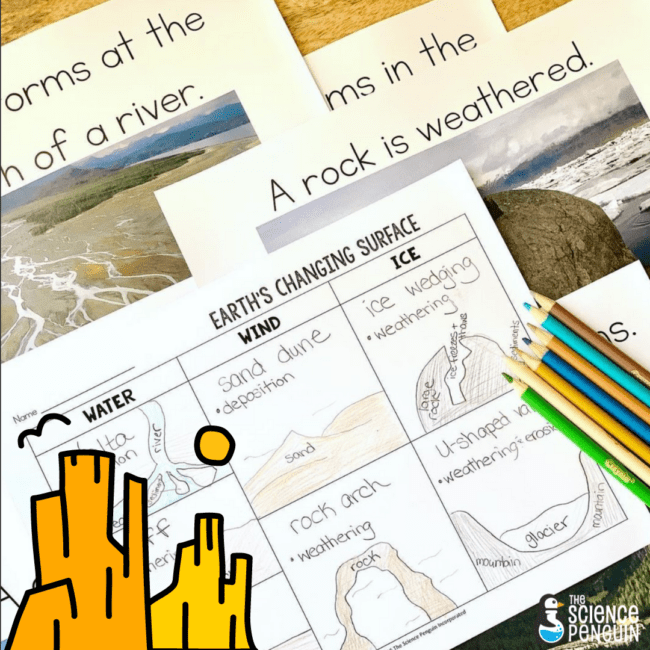



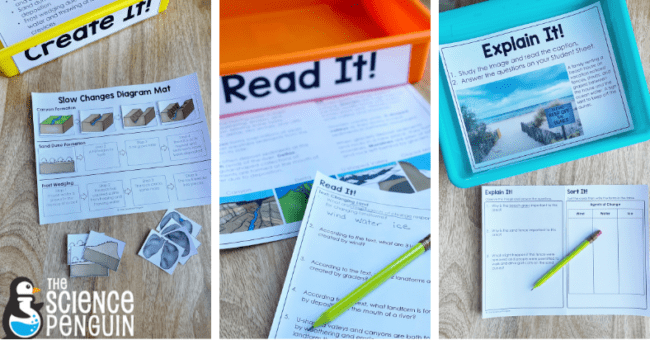
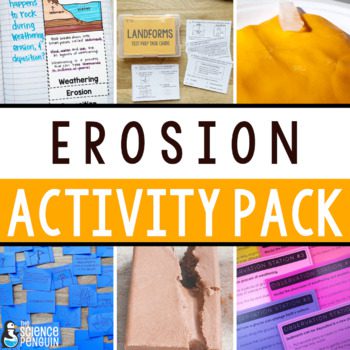

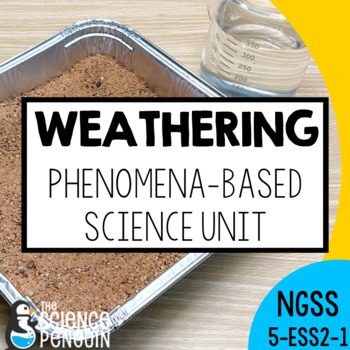
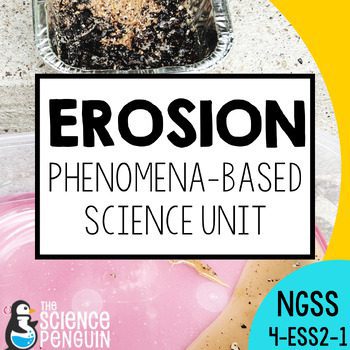
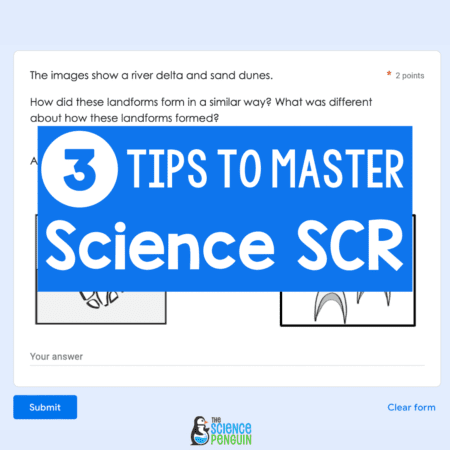

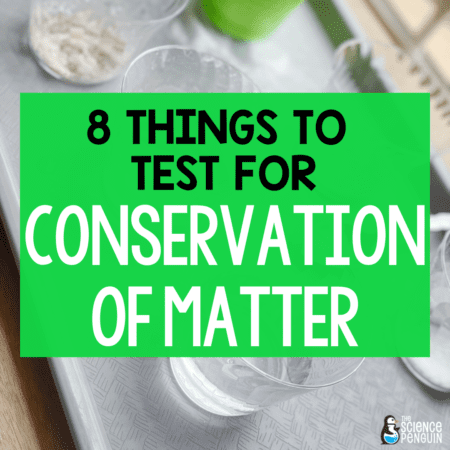

4 thoughts on “7 Ideas to Teach Weathering, Erosion, and Deposition”
This is great! Studying to become a teacher and trying to soak up ideas. Thank you!
You are amazing! Thank you so much for your post. My standards have changed and I am now teaching erosion and weathering. I have not taught these concepts in detail for 20 years. Thank you for your help.
Dear Ari
I love your idea of setting learning stations. But my dear I have ELL students. They are non native speakers, where even families can’t help me. Please advise me, how I can use learning stations .
Hi! I’d love to hear more about your erosion experiment! (and also what fonts you use!) Thanks!
Comments are closed.